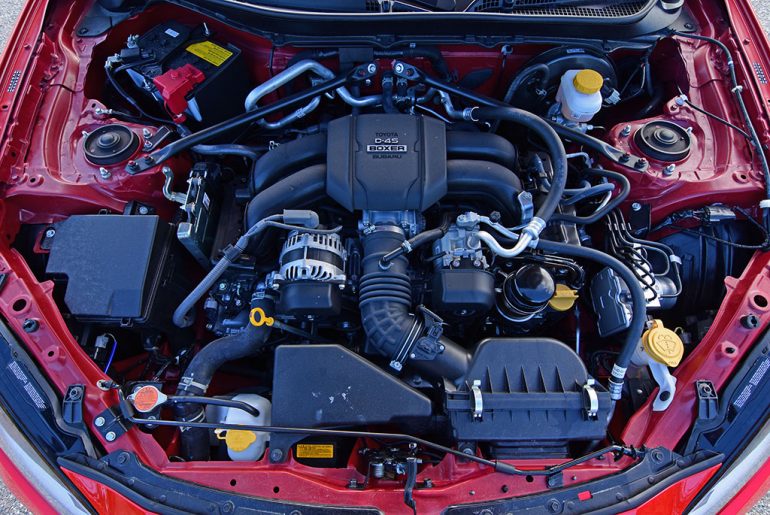
Direct injection engines are engines where fuel is directly injected into the combustion chamber. This method increases efficiency, as it allows for better control of the fuel-air mixture. On the other hand, traditional engines use a pre-mixing approach, injecting fuel into a separate intake manifold.
In direct injection systems, precise amounts of fuel are delivered according to engine needs. For example, during high-demand situations like acceleration or towing loads, optimal performance is achieved by delivering more fuel.
Also, don’t forget that you can get discounted new car pricing with a free quote through qualified local dealer partners.
Additionally, these engines offer improved power output and reduced emissions. Overall, direct injection engines provide impressive benefits in terms of engine performance and environmental impact while maintaining reasonable costs for consumers.
Find out more about direct injection for performance and fuel economy in this complete guide.
Direct injection engines have gained popularity in recent years for their ability to enhance performance in a variety of ways. One of the most significant benefits is the improvement in engine efficiency.
By injecting fuel directly into the combustion chamber, there is more precise control over the fuel-air mixture. This results in a more efficient combustion process, leading to higher power output and better fuel economy.
Another advantage of direct injection technology lies in its cooler intake air temperatures. Cooler air has a higher density, which allows more oxygen to enter the cylinder during the intake stroke.
This leads to improved combustion and increased power generation. Because of this, direct injection engines often have higher compression ratios than traditional port-injected systems.
As we continue exploring direct injection engines, it’s important to consider their effect on emissions reduction. The precise metering of the fuel and effective mixing with air usually results in more complete combustion within these engines.
Consequently, they generally produce lower levels of harmful exhaust gasses such as carbon monoxide (CO), hydrocarbons (HC), and nitrogen oxides (NOx). This makes them a cleaner choice for both motorists and the environment.
Furthermore, direct injection systems can accommodate advanced features like cylinder deactivation or stop-start technology. These technologies help further optimize engine performance by adapting throttle response and reducing fuel consumption in specific driving situations.
Additionally, direct injection engines can work seamlessly with turbochargers, providing a significant boost in power without sacrificing fuel efficiency.
Direct injection engines have a significant impact on fuel economy due to their innovative method of delivering fuel directly into the combustion chamber. By controlling the amount and timing of fuel injection, these engines can optimize the combustion process, leading to more efficient use of available resources.
One major factor contributing to better fuel economy is the superior atomization and mixing of fuel with air in direct injection engines.
This precise control results in a more homogeneous mixture, allowing for more complete combustion. Consequently, less unburned fuel remains in the engine, leading to reduced waste and lower fuel consumption. Another aspect that boosts fuel efficiency is the higher compression ratio typically found in direct injection engines.
Higher compression ratios mean that the air-fuel mixture is squeezed into a smaller volume before ignition, creating increased pressure and heat inside the combustion chamber. This process intensifies combustion reactions and enables better energy extraction from each drop of gasoline.
Furthermore, direct injection systems enable quicker and more accurate adjustments to account for various driving conditions or engine load requirements. For example, during low-demand driving situations like cruising at constant speeds or idling in traffic, less fuel is required, resulting in improved efficiency.
It is also worth noting that direct injection systems work seamlessly with technologies such as turbocharging and variable valve timing. These features further enhance engine performance while maintaining optimum fuel economy.
Moreover, some direct injection engines incorporate cylinder deactivation or start-stop technology, which can deactivate certain cylinders or switch the engine off entirely during specific driving scenarios to save even more fuel.